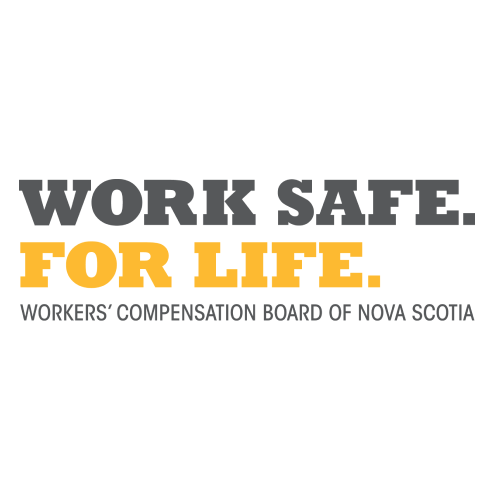HALIFAX, NS – Workplace injury declined in the first quarter of 2024, and the WCB improved on key measures of customer service, as the organization released its first quarterly report under the Protect More Strategic Plan 2024-2030.
In the first quarter of 2024, 1.37 of every 100 covered workers were injured on the job seriously enough to lose three or more days of work. That’s down slightly from 1.40 at the end of 2023. In 2003, when the WCB became responsible for prevention, the number was 3.0, or more than twice as high.
Sadly, there were three acute workplace deaths and three health-related deaths at workplaces in the beginning of 2024.
« No one should die at work, or because of their work,” says WCB CEO Karen Adams. “Everyone should come home to their families, and that’s what we all need to be striving for.”
Some of the WCB’s new service measures also improved in the first three months of 2024.
For example, decisions on benefit entitlement were made within a week 63 per cent of the time, up from 39 per cent at year end 2023. It’s the kind of service the WCB is committing to improve.
Adams also points to a new service model for gradual onset psychological injury as the type of improvements that can support better safe and timely return-to-work outcomes in the future.
Just a week into the service model, and built from the ground up for a new type of injury, the model includes same-day call backs, connections to community supports before claim acceptance, and new health services’ contracts that expand mental health access for all Nova Scotians.
The quarterly report also underlines the challenges facing Nova Scotia when it comes to safe and timely return to work.
|
|
For every 100 workers we cover, 259 days were lost to workplace injury in the first quarter. That’s an improvement from 277 in the first quarter of 2023, but Adams says it needs to be even lower.
“The fact of the matter is that it takes too long in Nova Scotia for people to return to work after an injury,” says Adams. “We all want Nova Scotians working. This report shows that to get there, we all still have some work ahead of us.”
At the same time, stories like Jim MacDonald – a furniture salesperson who fell, and has since successfully returned to the job – stand as an example to workers, employers and service providers across the province.
Jim’s story is featured in the WCB’s Annual Report for 2023 and was also tabled by government last week.
With the adoption of a new reporting system, IFRS 17, and using that format, WCB’s funded percentage remained steady at 90.6 per cent at the end of 2023. Under the previous reporting standard – and the one used to set rates – the funded ratio is 94.9 per cent.
More Info
WCB Nova Scotia’s Q1 2024 Report to the Community
WCB Nova Scotia’s Annual Report for 2023
Gradual Onset Psychological Injury
Additional Resources
Alignment, Opportunity and a Call to Action: WCB Nova Scotia’s Response to System Review
Workers’ Compensation System Review Report
More info:WorkSafe NS



